Moving to Spain: Which city in Castilla y León is the best?
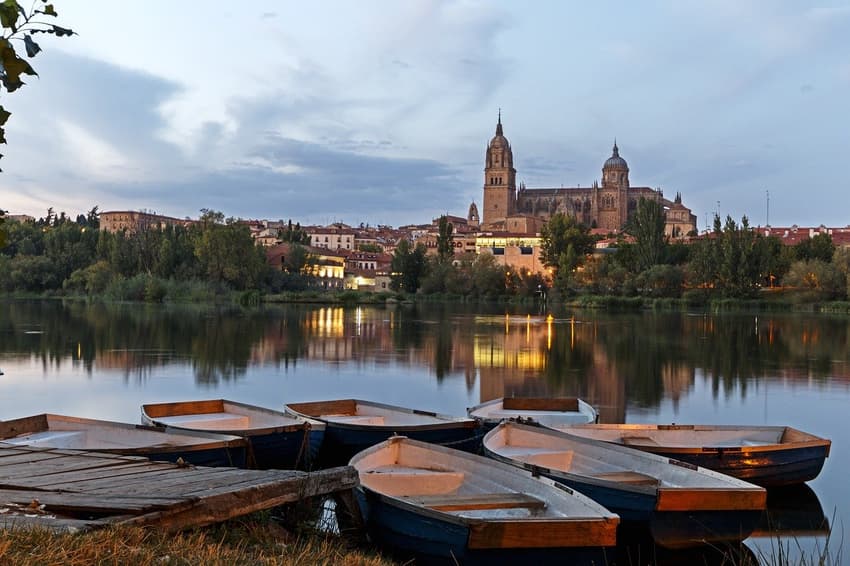
If you're planning on making the move to Spain and have chosen the region of Castilla y León, it can be tricky to choose which city is the best to live in, given its large number of excellent options.
Castilla y León is the largest region in Spain and comprises a vast landscape of buzzing cities, towering mountains, verdant valleys and seemingly infinite plateaus. It borders Madrid to the south, Aragón and La Rioja to the east, the Basque Country, Cantabria and Asturias to the north and Galicia and Portugal to the west.
Because it’s so big and has so many cities, it can be difficult to decide where in the region you want to base yourself. There’s something for everyone, whether you want big cities or remote villages, places within easy reach of the capital Madrid or easy reach to the coast. Find out which is the best for you.
Valladolid
Valladolid is the largest city in Castilla y León, but oddly enough it’s not the capital. In fact, Castilla y León is one of the only regions in Spain that has no capital city, just municipal capitals instead. Valladolid sits right in the centre of the region, almost equidistant from everything. It’s a university city with lots of history, as well as modern comforts, yet it’s very relaxed and easy to get around.
If you’re looking for work, moving to Valladolid is one of the best options in the region, given its size and number of larger companies. Of course, there still won’t be the number of options available in cities such as Madrid or Barcelona, but this does have its advantages too. For example, Valladolid is much more affordable than many other cities in Spain. According to cost of living website Expatistan, it’s 20 percent cheaper than both Madrid and Barcelona.

Valladolid is the largest city in the region. Photo: Juan José Berhó / Pixabay
Burgos
Burgos is the next largest city in the region. It lies 128km northeast of Valladolid, not far from the border with La Rioja. Burgos was the capital of the Castilla y León for around 500 years, and as such has a wealth of historic architecture and medieval masterpieces. One of the most important stops on the Camino de Santiago, it’s also home to home one of the most magnificent cathedrals in the country – which has even been listed as a World Heritage Site by UNESCO.
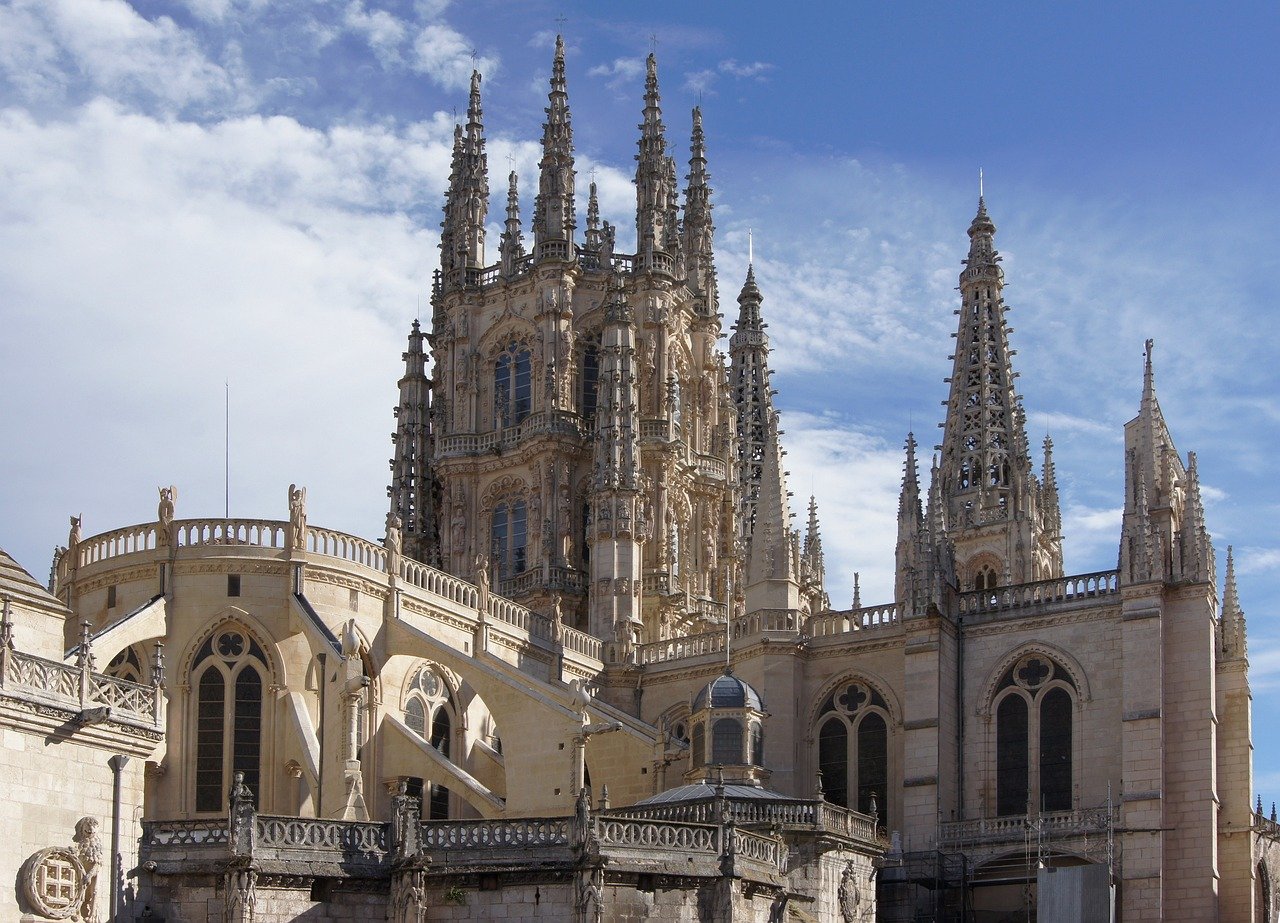
Burgos is home to tone of Spain's most magnificent cathedrals. Photo: 12019 / Pixabay
Salamanca
Salamanca is Spain’s most famous university city – home to the oldest university in the whole of the country and one of the oldest in Europe. Because of this, it’s home to around 30,000 students from over 50 different countries, giving it both a lively and an international vibe. Given its history and prestigious university, it’s often likened to the Oxford of Spain. An elegant city, it’s filled with a mix of Romanesque, Gothic, Moorish, Renaissance and Baroque monuments.
Consumer prices in Salamanca are 21.8 lower than in Barcelona, making it much more affordable than some of Spain’s other larger cities too. Because of the number of students and its international vibe, Salamanca is a very transitory city and it can be challenging for those who want to settle here long term and make friends who are also planning on staying a long time. One great advantage to living in Salamanca is that you can reach the capital city of Madrid in just over two hours by car, where you have access to everything.
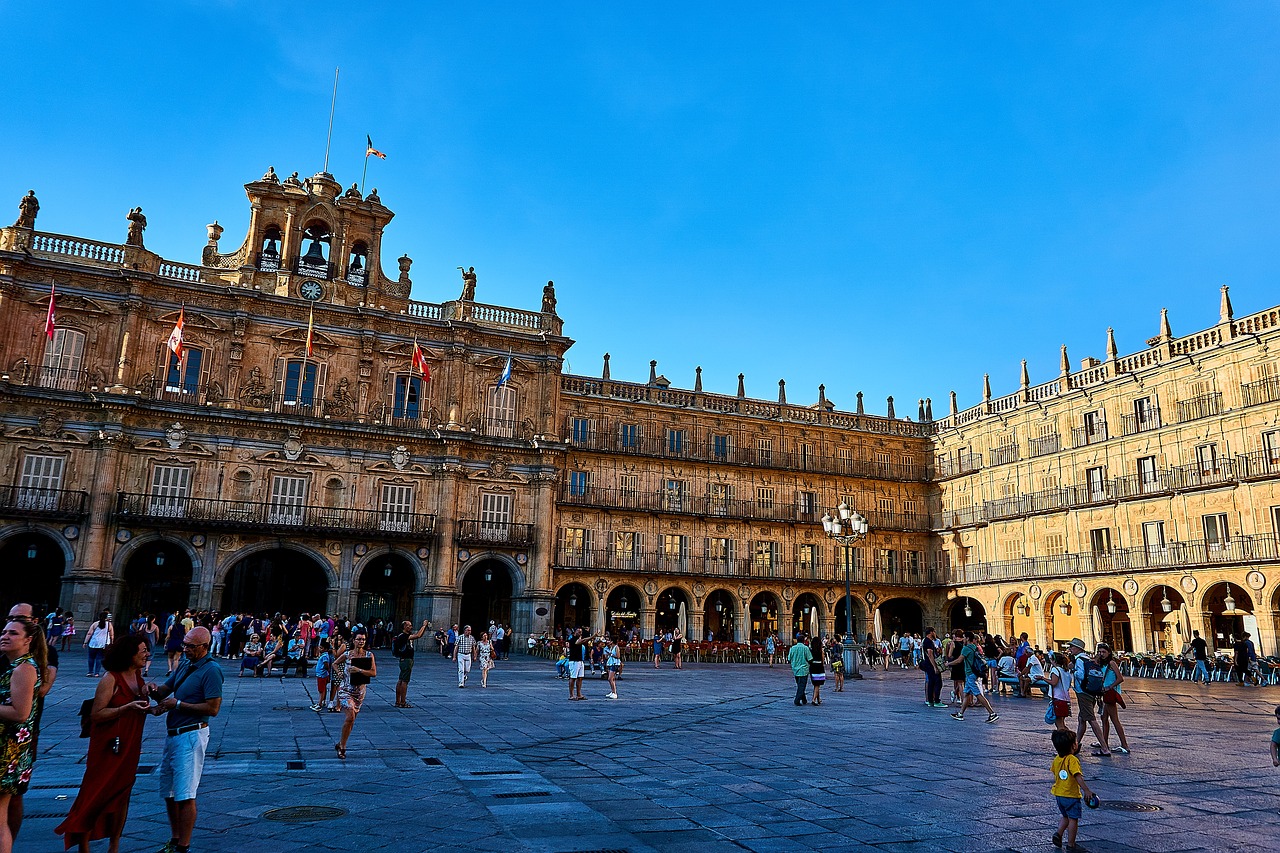
Salamanca has one of the largest plaza mayors in Spain. Photo: NakNakNak / Pixabay
León
León is one of the northernmost cities on our list, giving greater access to northern Green Spain and Asturias. It also lies within reach of several spectacular natural parks and reserves such as Argüellos Biosphere Reserve and the Natural Park of Babia and Luna. Like Burgos, it’s a major pilgrimage destination and a major stop on the Camino de Santiago. This means the city is always buzzing with visitors and has a lively atmosphere.
The historic centre is also home to one of Spain’s best tapas areas – the Barrio Húmedo. It’s called the 'wet neighbourhood' because of the sheer number of bars, taverns and restaurants that can be found there. If you love food and nightlife, it’s an ideal place to live as it has the greatest number of bars per inhabitant in the country. León has a total of 5.03 bars per 1,000 inhabitants, according to data from the Spanish Federation of Hospitality and Restoration.
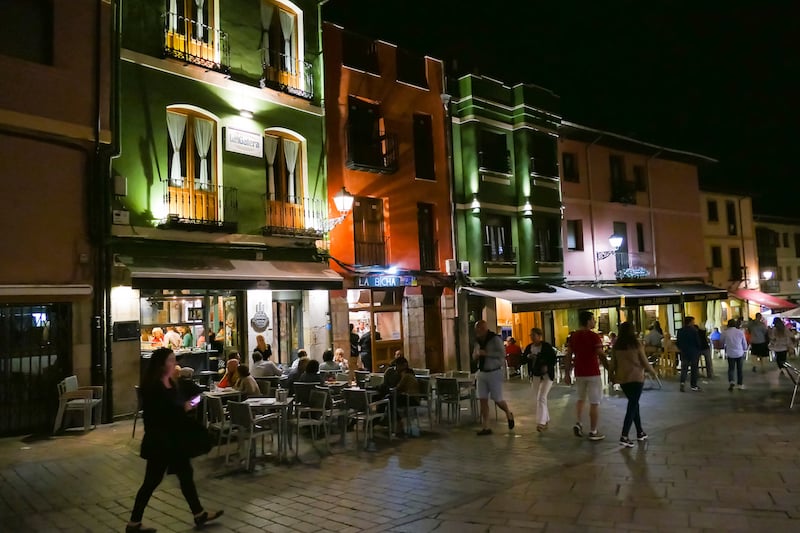
The Barrio Húmedo in León is one of the best places for bars in Spain. Photo: Gabriel González / Phexels
Segovia
Segovia, along with Ávila, are actually closer to Madrid than they are to many other cities in Castilla y León and you can reach the capital in just one hour either by car or by train. Theoretically, this means you could take advantage of the big international job market in Madrid, but live in much more affordable and laidback Segovia. According to Expatistan, Segovia is 22 percent cheaper than the capital. Property portal Idealista lists the rental price of Segovia properties at an average of €10.9 per metre squared.
One of Segovia’s most defining features is its historic Alcázar, a 12th-century medieval castle, which is said to have been the inspiration for the Disney castle, complete with round princess towers and turrets. Its other claim to fame is its magnificent Roman aqueduct, which was built around the 1st century AD.
READ ALSO: Where to see Roman Spain
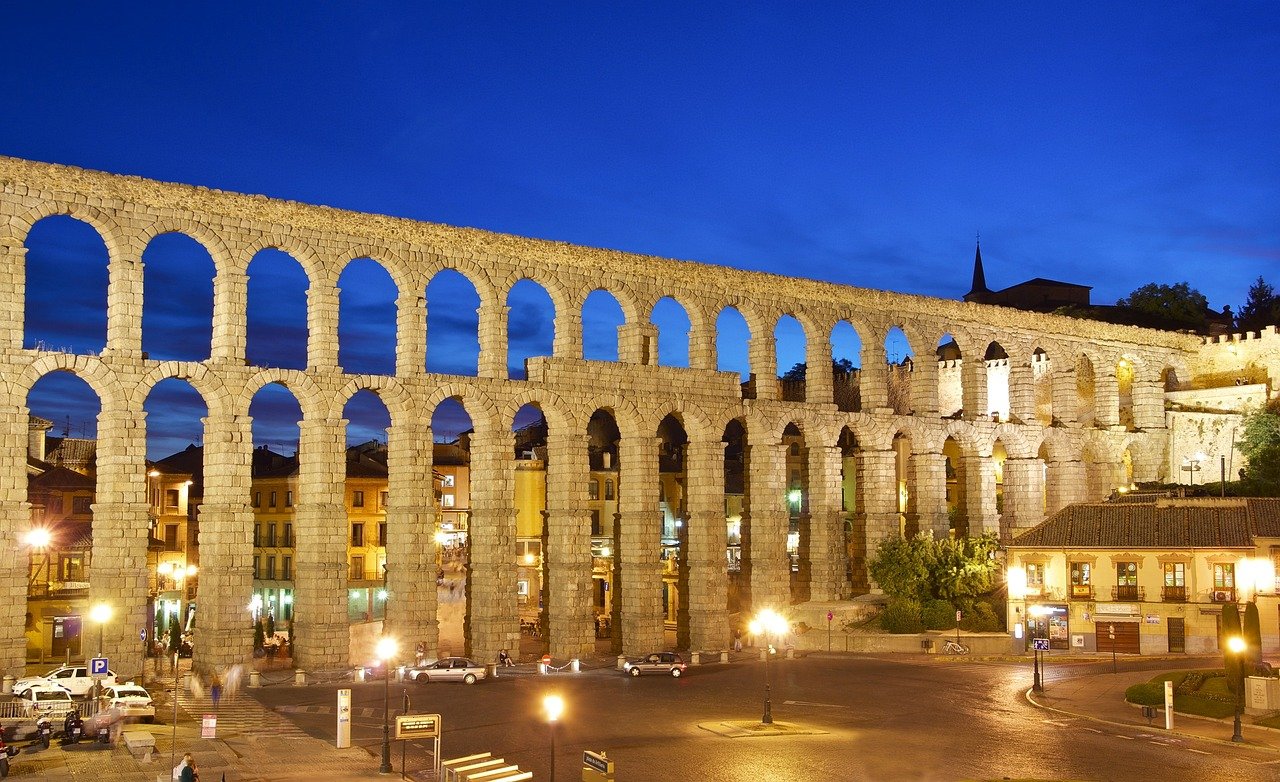
Segovia's Roman aqueduct is made without any cement. Photo: WikimediaImages / Pixabay
Soria
Soria is located just below the region of La Rioja and is surrounded by several natural parks. It has a population of just under 40,000 making it one of the smallest cities in the region. This means that unless you speak fluent Spanish or want to teach English, local jobs may be hard to come by. It would be better suited to those who work remotely and want a quiet pace of life. Soria’s medieval streets and Romanesque architecture make it an attractive place to live and if you need more services, you can always reach the Aragonese capital of Zaragoza in just under two hours by car.
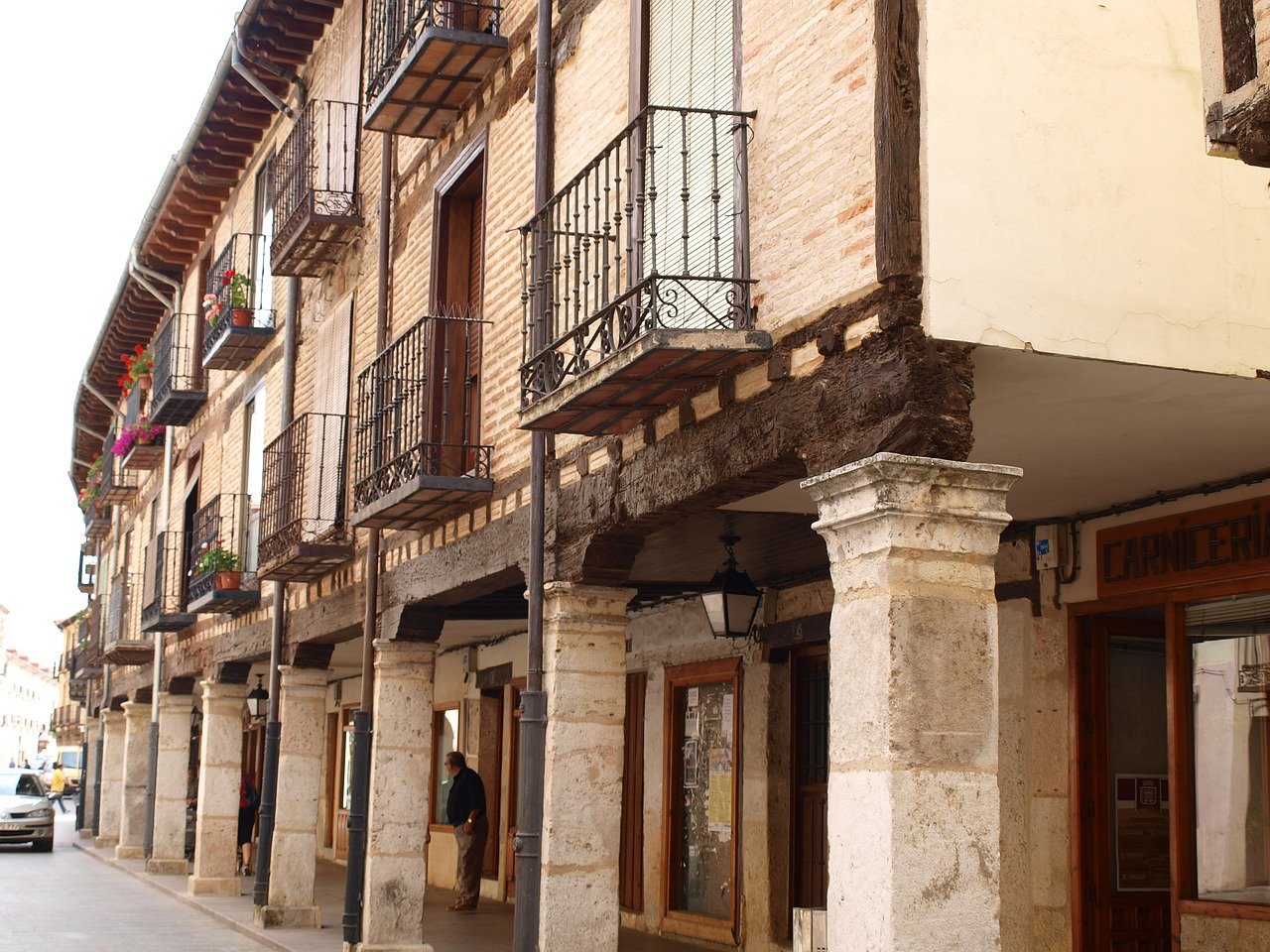
Soria. Photo: Andrés Corredor / Pixabay
Palencia
The city of Palencia lies just northeast of Valladolid. It’s a fairly small city of just over 76,000 people, but it’s easy to reach Valladolid in around 45 minutes by car and one hour by train. Palencia is one of Spain’s greenest cities, so ideal for nature enthusiasts and lovers of the outdoors. The city, along with the nearby natural area of Monte Viejo, offers one of the largest amount of green spaces per inhabitant in the country at 20 square metres. This puts it even above the recommendations of the World Health Organisation, which suggests between 10 and 15 square metres per inhabitant.
Last year, a study by comparison website Kelisto.es also revealed that the city of Palencia was the cheapest city to live in Spain, making it even more attractive.
READ ALSO - Palencia: What is the quality of life like in Spain’s cheapest city?

The city of Palencia has lots of green spaces. Photo: Emilio J. Rodríguez Posada / Wikimedia Commons
Zamora
Zamora is located just an hour’s drive or train ride north of Salamanca. It’s also the closest city on our list to the Portuguese border. If you have a car, you can easily hop back and forth between the two countries in around one hour. It also lies within easy access to the Douro Natural Park and the River Douro runs right through the city. Like many other cities in the region, it’s filled with historic architecture. The city was once known as ‘la bien cercada’, or well-fortified because of its impressive city walls, some of which remain today.

Zamora Cathedral. Photo: wwwhats / Pixabay
Ávila
Ávila is another historic city that lies within easy reach of Madrid, meaning it could be a great alternative place for commuters to live. It takes just over an hour by car and just two hours by train. Like Segovia, it has a much more affordable cost of living and is both quieter and more relaxed. In fact, renting is even cheaper than in Segovia even at €6.9 per metre squared. The city of just over 58,000 people is set among rolling green hills and is surrounded by some of the best-preserved medieval walls in the country.

The Ávila city walls. Photo: NakNakNak / Pixabay
Comments
See Also
Castilla y León is the largest region in Spain and comprises a vast landscape of buzzing cities, towering mountains, verdant valleys and seemingly infinite plateaus. It borders Madrid to the south, Aragón and La Rioja to the east, the Basque Country, Cantabria and Asturias to the north and Galicia and Portugal to the west.
Because it’s so big and has so many cities, it can be difficult to decide where in the region you want to base yourself. There’s something for everyone, whether you want big cities or remote villages, places within easy reach of the capital Madrid or easy reach to the coast. Find out which is the best for you.
Valladolid
Valladolid is the largest city in Castilla y León, but oddly enough it’s not the capital. In fact, Castilla y León is one of the only regions in Spain that has no capital city, just municipal capitals instead. Valladolid sits right in the centre of the region, almost equidistant from everything. It’s a university city with lots of history, as well as modern comforts, yet it’s very relaxed and easy to get around.
If you’re looking for work, moving to Valladolid is one of the best options in the region, given its size and number of larger companies. Of course, there still won’t be the number of options available in cities such as Madrid or Barcelona, but this does have its advantages too. For example, Valladolid is much more affordable than many other cities in Spain. According to cost of living website Expatistan, it’s 20 percent cheaper than both Madrid and Barcelona.

Burgos
Burgos is the next largest city in the region. It lies 128km northeast of Valladolid, not far from the border with La Rioja. Burgos was the capital of the Castilla y León for around 500 years, and as such has a wealth of historic architecture and medieval masterpieces. One of the most important stops on the Camino de Santiago, it’s also home to home one of the most magnificent cathedrals in the country – which has even been listed as a World Heritage Site by UNESCO.

Salamanca
Salamanca is Spain’s most famous university city – home to the oldest university in the whole of the country and one of the oldest in Europe. Because of this, it’s home to around 30,000 students from over 50 different countries, giving it both a lively and an international vibe. Given its history and prestigious university, it’s often likened to the Oxford of Spain. An elegant city, it’s filled with a mix of Romanesque, Gothic, Moorish, Renaissance and Baroque monuments.
Consumer prices in Salamanca are 21.8 lower than in Barcelona, making it much more affordable than some of Spain’s other larger cities too. Because of the number of students and its international vibe, Salamanca is a very transitory city and it can be challenging for those who want to settle here long term and make friends who are also planning on staying a long time. One great advantage to living in Salamanca is that you can reach the capital city of Madrid in just over two hours by car, where you have access to everything.


Segovia
Segovia, along with Ávila, are actually closer to Madrid than they are to many other cities in Castilla y León and you can reach the capital in just one hour either by car or by train. Theoretically, this means you could take advantage of the big international job market in Madrid, but live in much more affordable and laidback Segovia. According to Expatistan, Segovia is 22 percent cheaper than the capital. Property portal Idealista lists the rental price of Segovia properties at an average of €10.9 per metre squared.
One of Segovia’s most defining features is its historic Alcázar, a 12th-century medieval castle, which is said to have been the inspiration for the Disney castle, complete with round princess towers and turrets. Its other claim to fame is its magnificent Roman aqueduct, which was built around the 1st century AD.
READ ALSO: Where to see Roman Spain

Soria
Soria is located just below the region of La Rioja and is surrounded by several natural parks. It has a population of just under 40,000 making it one of the smallest cities in the region. This means that unless you speak fluent Spanish or want to teach English, local jobs may be hard to come by. It would be better suited to those who work remotely and want a quiet pace of life. Soria’s medieval streets and Romanesque architecture make it an attractive place to live and if you need more services, you can always reach the Aragonese capital of Zaragoza in just under two hours by car.

Palencia
The city of Palencia lies just northeast of Valladolid. It’s a fairly small city of just over 76,000 people, but it’s easy to reach Valladolid in around 45 minutes by car and one hour by train. Palencia is one of Spain’s greenest cities, so ideal for nature enthusiasts and lovers of the outdoors. The city, along with the nearby natural area of Monte Viejo, offers one of the largest amount of green spaces per inhabitant in the country at 20 square metres. This puts it even above the recommendations of the World Health Organisation, which suggests between 10 and 15 square metres per inhabitant.
Last year, a study by comparison website Kelisto.es also revealed that the city of Palencia was the cheapest city to live in Spain, making it even more attractive.
READ ALSO - Palencia: What is the quality of life like in Spain’s cheapest city?

Zamora
Zamora is located just an hour’s drive or train ride north of Salamanca. It’s also the closest city on our list to the Portuguese border. If you have a car, you can easily hop back and forth between the two countries in around one hour. It also lies within easy access to the Douro Natural Park and the River Douro runs right through the city. Like many other cities in the region, it’s filled with historic architecture. The city was once known as ‘la bien cercada’, or well-fortified because of its impressive city walls, some of which remain today.

Ávila
Ávila is another historic city that lies within easy reach of Madrid, meaning it could be a great alternative place for commuters to live. It takes just over an hour by car and just two hours by train. Like Segovia, it has a much more affordable cost of living and is both quieter and more relaxed. In fact, renting is even cheaper than in Segovia even at €6.9 per metre squared. The city of just over 58,000 people is set among rolling green hills and is surrounded by some of the best-preserved medieval walls in the country.

Join the conversation in our comments section below. Share your own views and experience and if you have a question or suggestion for our journalists then email us at [email protected].
Please keep comments civil, constructive and on topic – and make sure to read our terms of use before getting involved.
Please log in here to leave a comment.